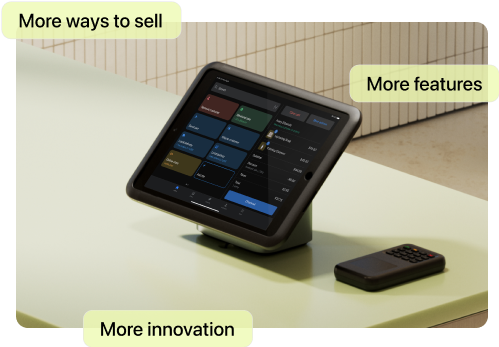When Danielle Close visited a packaging show in Paris in 2020, she was struck by how little progress the beauty industry had made in sustainability. With 15 years of experience in beauty, including being a founding team member at Charlotte Tilbury, she knew the industry needed change. Rather than just talk about it, she decided to prove it could be done.
“If no one’s doing anything, I have to do something to prove that it can be done, and if I can do it, everyone else can do it too,” Danielle says. The result was My Skin Feels, a luxury skin care line that transforms food waste into effective products. The brand uses rescued ingredients like organic orange juice, tomato skins, olive oil, and breakfast oats, turning what would have been wasted into coveted products featured in Vogue, Elle, and GQ.

How to market sustainability in fun and playful ways
For any brand looking to balance profitability with its sustainability efforts, consider Danielle’s playbook to grow successfully.
1. Make sustainability accessible
Danielle’s approach to sustainability breaks the mold of traditional eco-friendly brands. Rather than leading with guilt or severity, she chose to make sustainability fun and approachable.
“The more fun you have with your brand, even if it’s a serious message, it still captures the audience because it’s fun,” Danielle explains. “Yes, sustainability is really important, and food waste is really important, and natural products are really important, but it’s packaged in a really fun way that makes it feel non-threatening and it doesn’t judge you if you’re not those things.”
In order to have real impact with her brand, Danielle wants people who aren’t necessarily interested in sustainability to find enjoyment in the brand as well. This philosophy extends to every aspect of the brand, from product names to the buying experience. Instead of technical skin care terminology, products are named based on how they make you feel: “My Skin Feels Clean” and “My Skin Feels Moisturized,” for example.

By making skin care more approachable, My Skin Feels can appeal to a wide audience, including men and teens who might otherwise find skin care overwhelming.
2. Tap into expert help
Unless you have the background, creating products with new or innovative ingredients will require outside help. Danielle knew creating skin care from food waste wouldn’t be simple.
“Have a killer formulator,” Danielle recommends. “I’m not a scientist,” she admits. Working with an experienced formulator led to unexpected benefits, as well. My Skin Feels products showed remarkable results for sensitive and eczema-prone skin, an unplanned but welcome discovery that proved “the power of food waste and natural products,” Danielle says.
The brand also partners with a team in Italy to source and ferment the food waste ingredients.
3. Take a hands-on approach
In an era dominated by digital marketing, Danielle takes the less conventional approach of investing in in-person pop-ups and markets. She spent two years testing her products and perfecting her messaging at markets across the UK.
“I’ve probably run my brand the opposite [of how] anyone would tell you to run a brand in 2025,” she says. This grassroots, hands-on approach allowed her to refine her pitch, understand customer reactions, and build genuine connections. The strategy paid off—she even met King Charles at a market in Battersea Power Station, leading to unexpected publicity.
Meeting Danielle in person also gave people a personality to associate with the brand, further building positive associations and differentiating it from the competition.
“If you’re launching a brand today, please make it as different as possible, as weird as possible—that’s what people want to see,” Danielle says. “They want things that stand out, that talk to them in a way that doesn’t feel like everyone else is talking to them."
4. Spend intentionally
To maintain profitability, Danielle is selective about spending. She negotiated minimum order quantities with suppliers, reducing them from 50,000 to 10,000 units. “Being a startup, you can say, like, ‘Can you help me?’ And people will help you if they can,” she advises.
Danielle also focuses on reaching new customers with her existing products rather than rushing to drop new ones. “There’s a lot of investor chat about new products, how you’re going to grow. But actually, we can grow by reaching more people first, and then we can launch new products,” she says.
Catch the full Shopify Masters interview to hear some more of Danielle’s fun marketing techniques and how she’s managed to secure some game-changing PR placements.





